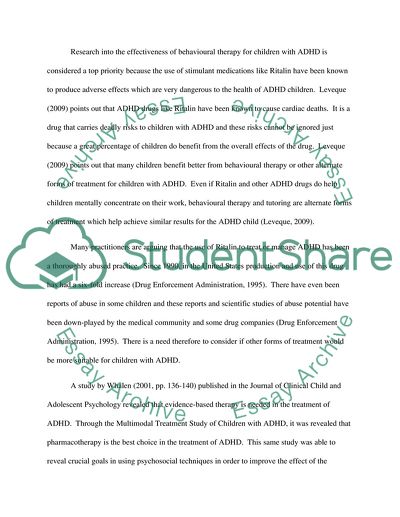Cite this document
(The Treatment of Attention Deficit Hyperactive Disorder in Children Research Proposal, n.d.)
The Treatment of Attention Deficit Hyperactive Disorder in Children Research Proposal. Retrieved from https://studentshare.org/health-sciences-medicine/1728051-research-proposal
The Treatment of Attention Deficit Hyperactive Disorder in Children Research Proposal. Retrieved from https://studentshare.org/health-sciences-medicine/1728051-research-proposal
(The Treatment of Attention Deficit Hyperactive Disorder in Children Research Proposal)
The Treatment of Attention Deficit Hyperactive Disorder in Children Research Proposal. https://studentshare.org/health-sciences-medicine/1728051-research-proposal.
The Treatment of Attention Deficit Hyperactive Disorder in Children Research Proposal. https://studentshare.org/health-sciences-medicine/1728051-research-proposal.
“The Treatment of Attention Deficit Hyperactive Disorder in Children Research Proposal”, n.d. https://studentshare.org/health-sciences-medicine/1728051-research-proposal.


